
From the Brutal Butt and Thigh Workout
Disclaimer: I am not a doctor, and this post is in no way intended to give out medical advice. Please seek the advice of a qualified medical professional before beginning this or any other type of workout routine.
In addition, I’m not receiving any kind of compensation for this post, I’m not affiliated with anyone at Fitness Blender, and there is never affiliate marketing of any sort on my site in general. I’m reviewing this workout simply because I loved it and think some of you might, too.
Wow, it’s been a long time since I’ve reviewed a workout video here. it’s time to change that.
Fitness Blender creates the videos I use for the vast majority for my weightlifting workouts. Kelli and Daniel are the couple who created and own this brand. Their Youtube channel and website offer free workouts for every fitness level.
About the 30 Minute Brutal Butt & Thigh Workout
This workout consists of 5 groups of 2 different exercises. There are ten repetitions of each exercise before you move onto the next one, and all of the exercises are done in the AB/AB format. For example, Kelli’s movements looked like this in the first section:
- Traditional Squats
- Deadlifts
- Traditional Squats
- Deadlifts
Between each muscle-building exercise, she spent 20 seconds jogging in place.
This is a good routine for more experienced weight lifters. I would not recommend it to beginners due to the intensity of the moves.
All of the videos from Fitness Blender that I use require a minimal amount of equipment. For this particular one, you’ll need a barbell or dumbbell. If you happen to own a yoga mat, that extra cushioning can be useful for the cardio portions of this routine. It’s not strictly necessary, however.
The last five minutes of this video are dedicated to cool-down exercises, but it doesn’t have any warm-up activities. I’d recommend warming up on your own before beginning it.
My Review
This is one of my all-time favourite workouts, so you’re going to hear a lot of complimentary things about it today.
The lack of background music was one of the first things I noticed about it. While I like background music when I’m doing a dance video, I find it distracting for most other types of exercise. It was nice to not have to think about it during this video.
Instead of instruments or the sound of people singing, the only noises you hear on this video are of the narrator explaining which moves are coming up and discussing how they affect your body. There were alternatives suggested for people who couldn’t do the full range of motion for certain moves which was helpful. It was also interesting to hear Daniel talk about how your muscles will react if you’re able to do the moves the way Kelli was in this workout. I only ever felt encouraged by his descriptions. It was fascinating to hear how the human body works and how it can adapt to new challenges over time.
While Kelli did jog in place between all of the exercises, I appreciated the fact that participants were encouraged to find their own level of activity between sets if they weren’t able to jog every time. Honestly, I can’t jog in place for the entire workout every single session. There are times when I need to walk instead, especially at the end, and that’s perfectly okay.

The Cool Down Portion of This Workout
One of the unique features of the Fitness Blender brand is an icon on the right hand side of the screen that shows you how much of the workout you’ve currently completed as well as how much of it you still have to go.
It looks sort of like a thermometer, and the color of it changes from green to yellow to red as you progress further into the routine. I can’t tell you how many times I’ve used this feature to see how long I have left to go and to find another burst of energy when I know we’re getting close to the end.
The weightlifting exercises themselves are challenging for me in a good way. When I first began using this video, I was a little sore the next day. While my body has grown stronger and adjusted since then, this routine is by no means an easy one for me. I enjoy being challenged in this way, and I can see myself going back to it over and over again for quite a while yet to come.
I also enjoy the cool down portion during the last five minutes. By the time it comes up, I’m usually covered in perspiration and totally ready to take a break from exercising. All of the stretches in the last few minutes are a nice bridge between weightlifting and the quieter portions of my day that are soon to follow.
Honestly, the thing I’d change about it if I could would be to include a short warm-up at the beginning. I find that I am more diligent about warming up properly when I have someone else telling me which body parts to stretch and for what period of time. Going to the trouble of actually warming up for it is well worth the effort, though!

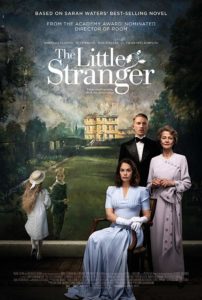 The Little Stranger is the 2018 film adaptation of a book by the same name written by Sarah Waters, one of my favourite authors. This story was set in 1948, and it followed about a year in the life of Dr. Faraday, a middle-aged man who was one of only two doctors in his rural community. He grew up in a low-income family at a time when the vast majority of children did not move into higher social classes as adults than the ones they were born into, so he was still adjusting to the changes that higher education had brought to his life when this mystery began.
The Little Stranger is the 2018 film adaptation of a book by the same name written by Sarah Waters, one of my favourite authors. This story was set in 1948, and it followed about a year in the life of Dr. Faraday, a middle-aged man who was one of only two doctors in his rural community. He grew up in a low-income family at a time when the vast majority of children did not move into higher social classes as adults than the ones they were born into, so he was still adjusting to the changes that higher education had brought to his life when this mystery began.
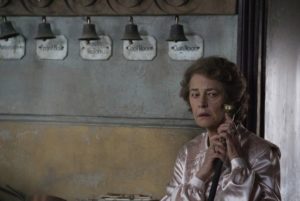
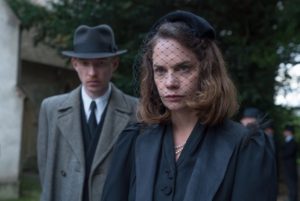
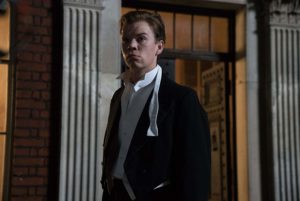
 Sue Burke’s Semiosis is a 2018 hard science fiction novel about colonists from Earth who travel to a distant planet in hope of making it their permanent home. The storyline followed the original group of explorers as well as their descendants for several generations. They knew almost nothing about the planet they named Pax before they arrived there, so preparing in advance for what they were about to experience wasn’t easy.
Sue Burke’s Semiosis is a 2018 hard science fiction novel about colonists from Earth who travel to a distant planet in hope of making it their permanent home. The storyline followed the original group of explorers as well as their descendants for several generations. They knew almost nothing about the planet they named Pax before they arrived there, so preparing in advance for what they were about to experience wasn’t easy. There are two reasons why I’m recommending this as a hopeful science fiction read.
There are two reasons why I’m recommending this as a hopeful science fiction read.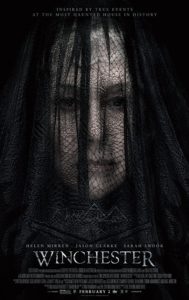 Winchester was originally mentioned in my to-watch list in
Winchester was originally mentioned in my to-watch list in 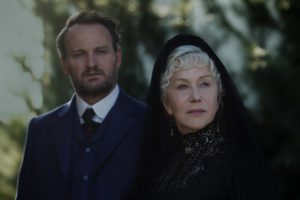
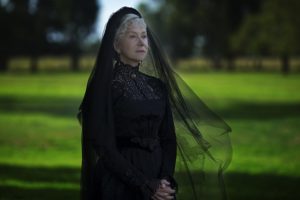


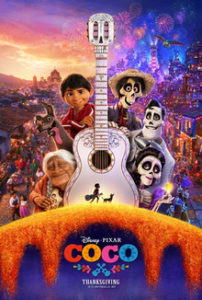 This review is spoiler-free and suitable for all audiences. This was one of the films I talked about wanting to watch in
This review is spoiler-free and suitable for all audiences. This was one of the films I talked about wanting to watch in 
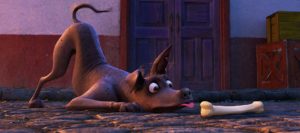


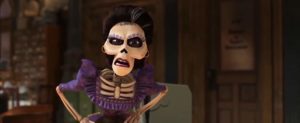



 Disclaimer: I am not a doctor, and this post is in no way intended to give out medical advice. Please seek the advice of a qualified medical professional before beginning this or any other type of workout routine.
Disclaimer: I am not a doctor, and this post is in no way intended to give out medical advice. Please seek the advice of a qualified medical professional before beginning this or any other type of workout routine. 

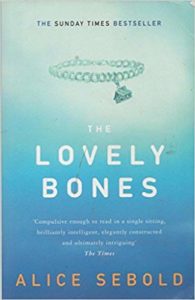 The Lovely Bones
The Lovely Bones The hope in this story arrived gradually. Don’t look too hard for it in the first few scenes or chapters. Just like what often happens in real life, it will take time for everyone to adjust to their new reality and for certain parts of the plot to be set into motion before you begin to realize what will await Susie and everyone who loved her.
The hope in this story arrived gradually. Don’t look too hard for it in the first few scenes or chapters. Just like what often happens in real life, it will take time for everyone to adjust to their new reality and for certain parts of the plot to be set into motion before you begin to realize what will await Susie and everyone who loved her. Marge Piercy’s Woman on the Edge of Time was first published in 1976. It was about Consuelo Ramos, a woman whose life had been forever changed by poverty, mental illness, prejudice, and violence.
Marge Piercy’s Woman on the Edge of Time was first published in 1976. It was about Consuelo Ramos, a woman whose life had been forever changed by poverty, mental illness, prejudice, and violence.
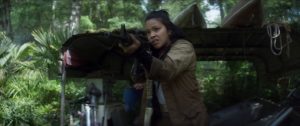


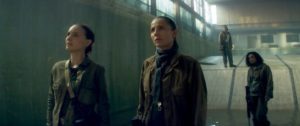

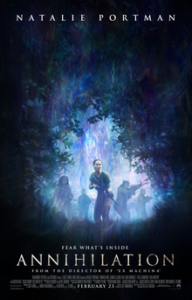 The preview at the end of this post will show you a few examples of the types of things the characters experienced once they entered “The Shimmer”. Combining the DNA of species that would normally never be combined created all sorts of living beings that have to be seen to be believed. I was fascinated by how all of this worked and how far the storytellers ran with this concept.
The preview at the end of this post will show you a few examples of the types of things the characters experienced once they entered “The Shimmer”. Combining the DNA of species that would normally never be combined created all sorts of living beings that have to be seen to be believed. I was fascinated by how all of this worked and how far the storytellers ran with this concept.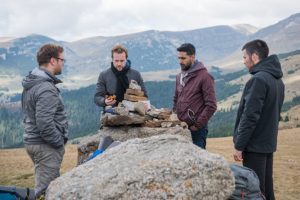
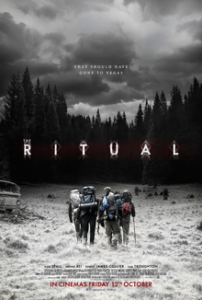 One of the things I always want to know before I watch something from this genre is what sort of horror we’re talking about.
One of the things I always want to know before I watch something from this genre is what sort of horror we’re talking about.